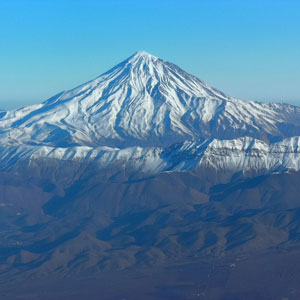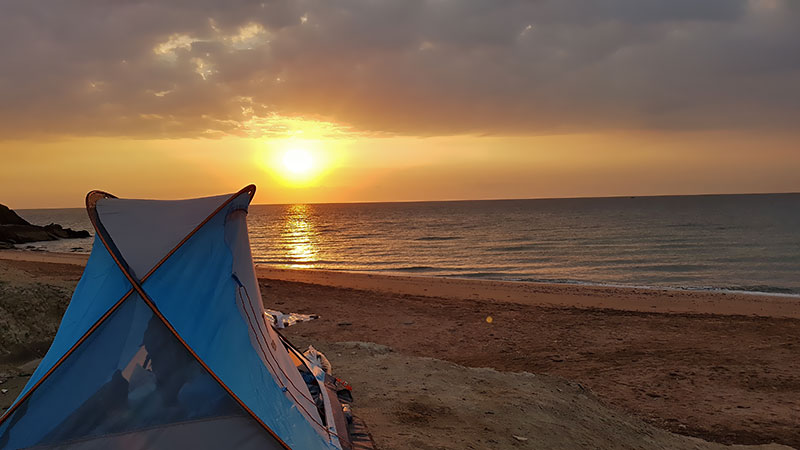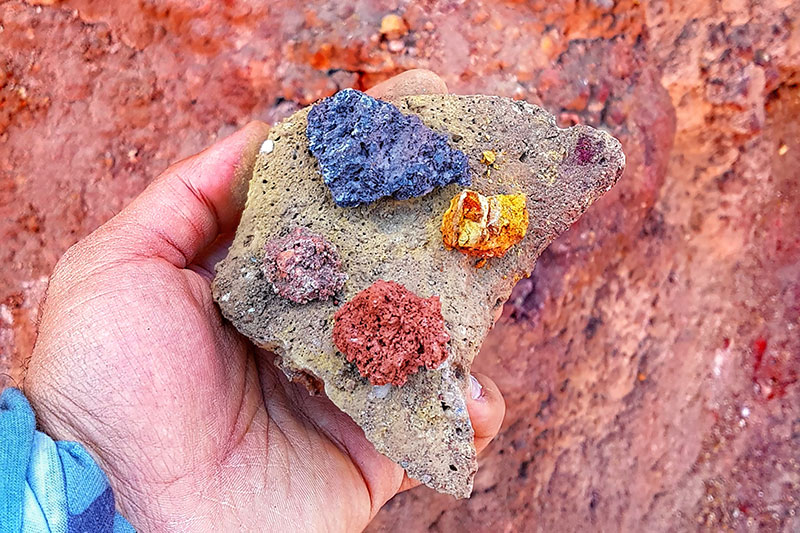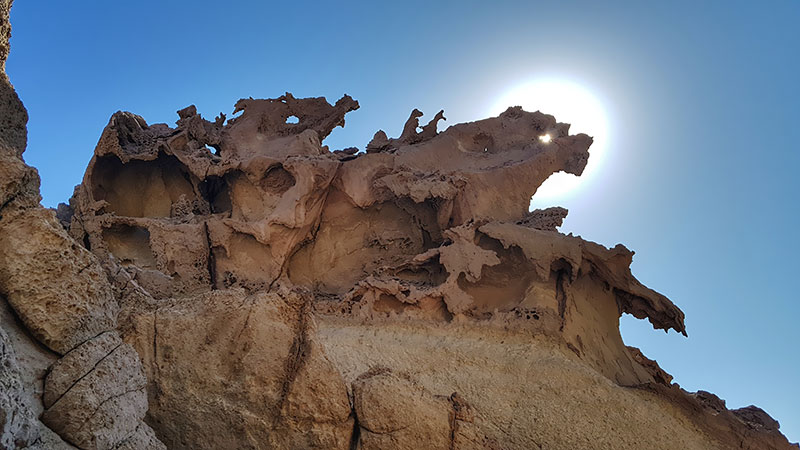 Signin with Google
Signin with Google Signin with Facebook
Signin with Facebook
 Places,Nature
Places,NatureHormuz; the Colorful Island

Sailing off from the spectacularly beautiful island, a mere five miles off the coast of Iran in the Sea of Oman, surrounded by turquoise blue waters of the Persian Gulf might sound like a line from a historic travel journal, but the reality is that Hormuz Island is indeed this special. Located deep south, more than 1,300km away from Tehran, in Hormozgan Province, this hilly island has over centuries been an important trading centre and is now a major destination for both international and local tourists in Iran.

Following the Arab conquest of Iran, Hormuz Island had become a major transit point for the booming and growing city of Kerman, trading mainly in dates, silk and spices. Two centuries later, the island still had a relatively numerous Zoroastrian community, prospering and building trade routes in the area and slowly all the way to India, especially after the arrival of the Portuguese. Hormuz had also grown into an important transit centre for travellers and explorers en route from Europe to China and vice versa. Both Marco Polo in late 13th century and Ibn Battuta in mid of the 14th century passed through here and made a note of their visits in their respective travel accounts, which would have reached and undoubtedly made the Portuguese interested.

In 1507, one of the most powerful maritime empires of all time, the Portuguese invaded the island for the first time, adding it to their list of overseas colonies. Fortresses were raised to defend Portuguese interests. The first fort was built in 1514, but Portuguese rule came to an end in 1622 after 116 years by Shah Abbas the Great, the strongest king of Safavid dynasty.
Journeying this direction, one immediately starts noticing a strong Arab and Indo-Pakistani feel and influence in the area and not accidentally so. The Arabs, in particular, Omanis, have historically been present in this part of Iran. After the departure of the Portuguese and the arrival of the British, between 1798 and 1868 the island, together with the port of Bandar Abbas (lovingly called by the Iranians as simply “bandar” meaning “port”) was leased to the rulers of Muscat and Oman.

Now the island is a major tourist destination for Iranians, with foreign tourists slowly discovering their interest in this part of Iran. It is not only its biodiversity and geology but the sheer beauty of the island and the feeling of being cast-away into nature, far away from the city, that attracts so many visitors here.
Hormuz is mainly known for its multicoloured rock formations of distinctive red and pink hues, courtesy of the high content of iron oxide in the soil, which is so special that the soil is even unfortunately exported abroad for dyeing, cosmetic and other purposes. Salt mountains with water streams flowing from underground sources, and pristine beaches and Mangrove or Herra forest beside the unforgettable taste of local cuisines are some of the reasons bringing tourists here.

Over the past few years, the island has become a popular destination for the young Iranians, in particular, Tehranis, swapping the noise and pollution of the cities, for the tranquillity and nature of Hormuz Island. Locals have artfully responded, opening cosy cafés by the seashore and serving local teas and meals. But do remember, there is a little extra spice in the fish served. We are after all in the south and people here like their food that tiny bit spicier.


